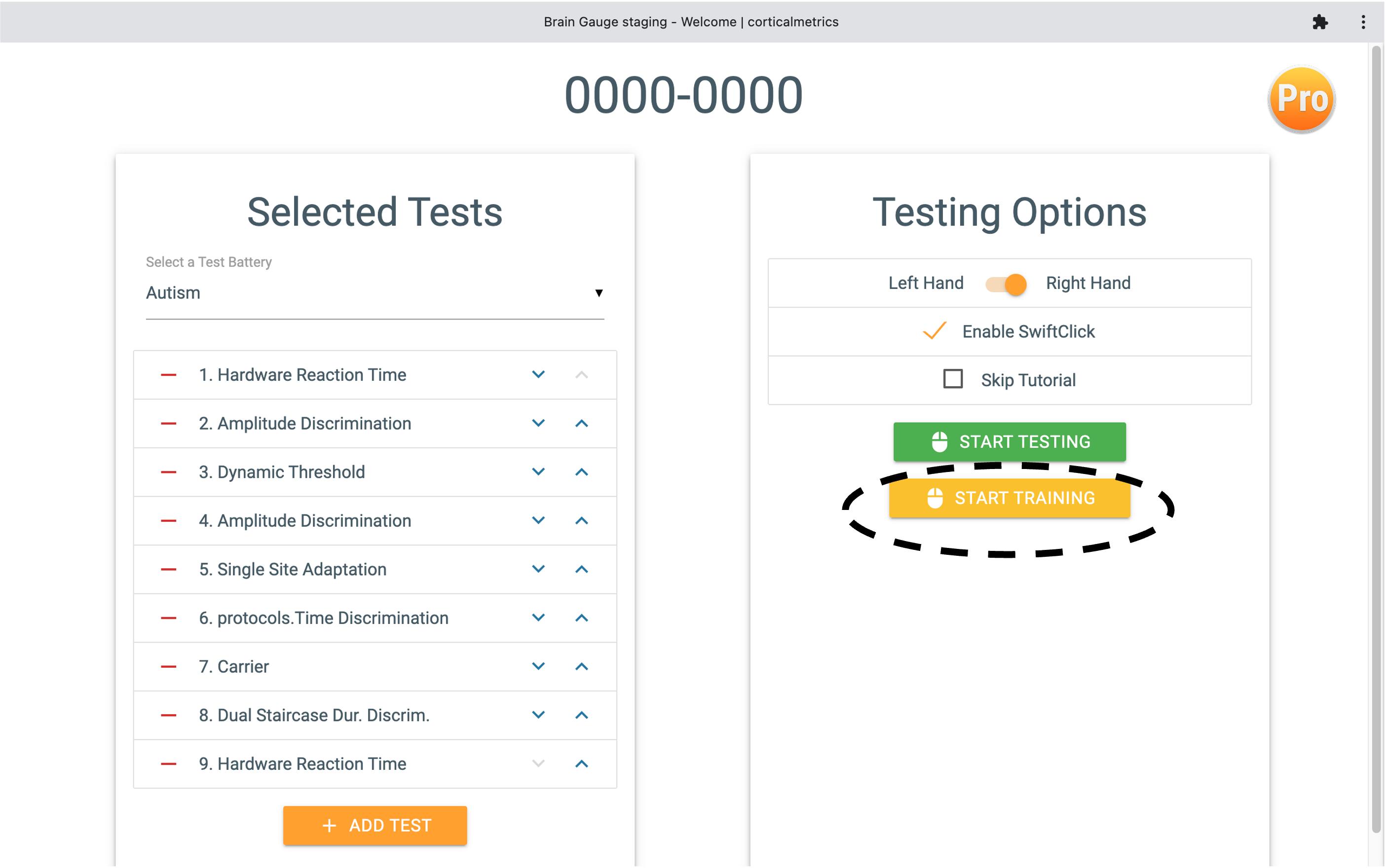A modest proposal: the not so secret formula for getting dementia
After watching a few people in my life go down the dementia path, I thought I might share with you the benefits of dementia and the best lifestyle to pursue that elusive formula. After all, after you completely lose it, you don't have to be responsible for anything. You can sit in a wheel chair and watch TV all day. Or just talk to your cats. You don't have to drive because your driver's license will be taken away. Your memory is shot - but with the lifestyle that you
Read more...

